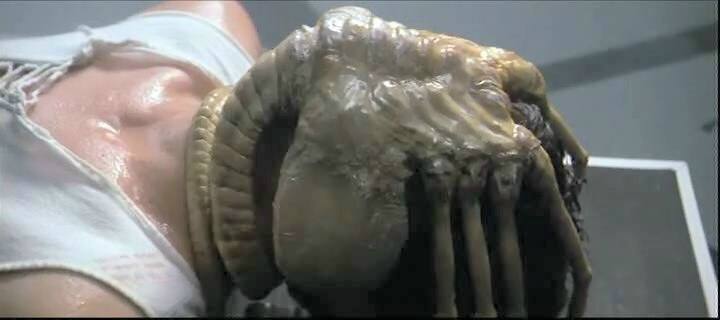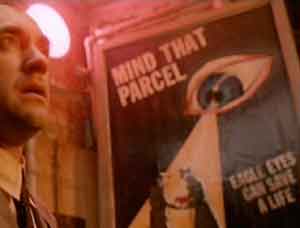Tonight
I watched Gravity, a film about Dr. Stone, played by Sandra Bullock, a bright
young Doctor who has been briefly trained as an astronaut to come and install an
invention of hers on the Hubble Space Telescope. While on a space-walk, some
sort of debris storm threatens their position and they eventually lose
connection with base and eventually with everyone. The stunning visuals in
Gravity were potentially the biggest immediate takeaway, I’m happy to say I got
to experience it in all 3-Dimensions at the theatre where it should be reserved
for.
On so many leveles I felt as if
Gravity suerpassed my expectations for the movie going into it. Although we all
know why we shouldn’t judge a book by it’s cover, we all privately pride
ourselves on such qualities; I’m embarrassed to say my ego had to sit back on
this one. My initial reservations were immediately debunked after the unbelievable
cinematographic elements that had to have gone into the filming of it. The long
panning shots of Dr. Stone against the infinite backdrop of space was captured
so well, I felt as if I was there and as if, for once, space was being accurately
represented. Unlike most Sci-Fi movies we’ve seen this semester I found myself
very impressed by the level of scientific accuracy used in Gravity. Though similar
to Moon in general premise as far as minimal character use, and even more
similar to Sunshine with respect to the shaping and evolution of our scientist
into strong, emboldened characters, Gravity did not deviate from the realism that
was purposely incorporated. The realism was made even clearer by the stunning
shots, panning from inside the helmet to outside which really was a very effective
tool for POV shots. Through this technique the director also emphasized the
magnitude of Dr. Stone’s isolation. The true depth of it could be felt when we
would see the space in front of her through her eyes.
Similar to Sunshine in Gravity we
find ourselves with an unsuspecting hero in Dr. Stone. The same way Kappa rose
to the occasion from his initial uncertainty we find that Bullock does the same
as Dr. Stone. Her strength in an absolutely terrifying situation makes clear her
resolve in uncertain times, since floating in space would be potentially the
most uncertain of times. But again, similar to Sunshine, we see the
incorporation of the international aspect of the future of the world. In this way
it was meant to be Equipment for Living as Sunshine had been by depicting a
perceived realistic situation to demonstrate the noble response. Overall Gravity
was un-real. One of the best I’ve seen this year, and I only just watched the
Godfather and Casino this year, so it’s with some good company, but definitely
a great way to end the semester due to the parallels back to Sunshine and our
previous discussions.







